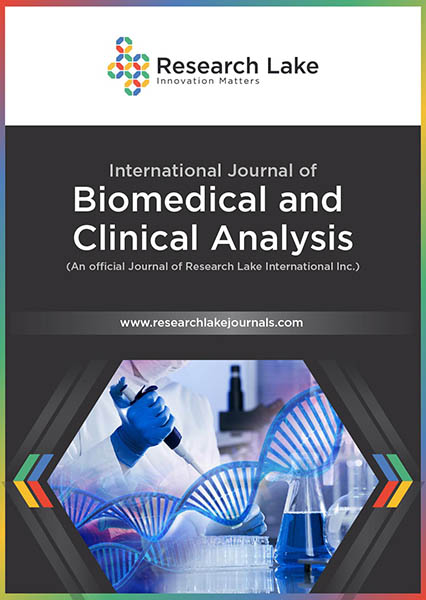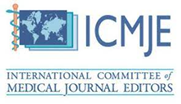Identification of Bacterial Endophytes Isolated from Different Medicinal Plants
Abstract
Plants have very potential compounds to live on earth as they supply 90% of human calorie intake, 80% of protein intake directly, and perhaps the most vital sources of medicine with a vast diversity of microorganisms. As such it’s important to know those microorganisms, their kinds, the features they possess, and the significant compounds/metabolites they can produce. So, this study is based on identifying such microorganisms. To achieve this aim, isolation of endophytes has been done to know their biochemical activities and properties. Various identification procedures have been followed to get pure endophytic strains without any contamination. Surface sterilization of the plant tissue is a must in this progress, various surface sterilization techniques have been tried and finally, for 4/5 plant tissues, sodium hypochlorite and ethanol were given the best result and for 1/5 with the addition of mercuric chloride were the standardized method for surface sterilization. About 30 different bacterial endophytes have been isolated from five kinds of medicinal plants. 4% sodium hypochlorite and 75% ethanol were found effective in sterilizing the surface of Psidium guajava, Cassia occidentalis, Calotropis procera, and Hibiscus rosa-sinensa. While Mangifera indica required an addition of 0.1% mercuric chloride. 19 strains isolated were Gram-positive, 11 Gram-negative (5 were Lactose fermenters and 6 were not), and most of which were bacilli. All isolates have shown different biochemical results, 25 showed a positive result for oxidase, and 28 gave a positive result for catalase. Most of the endophytes identified in this work are Bacillus spp. However, this study highlighted the significance of surface sterilisation and most importantly the presence of potential endophytes capable of producing novel bioactive compounds usable in pharmaceutical/medicinal application.
Copyright (c) 2024 Kasim Muhtari, Inampudi Sailaja, Beena Kanwar Shekhawat, Sonia Kaura, Saurabhkumar Mehta

This work is licensed under a Creative Commons Attribution-NonCommercial 4.0 International License.
Copyright © by the authors; licensee Research Lake International Inc., Canada. This open-access article is distributed under the terms of the Creative Commons Attribution Non-Commercial License (CC BY-NC) (http://creative-commons.org/licenses/by-nc/4.0/).






















